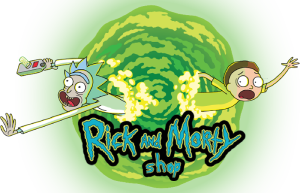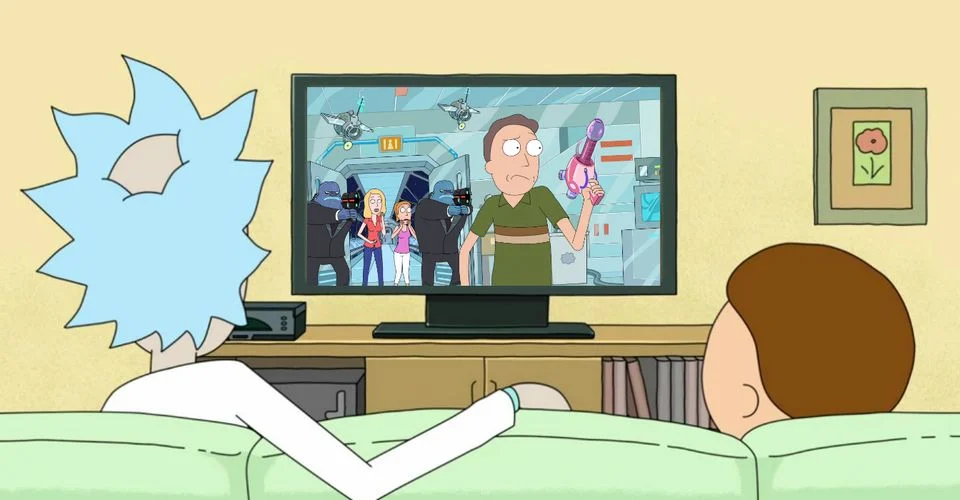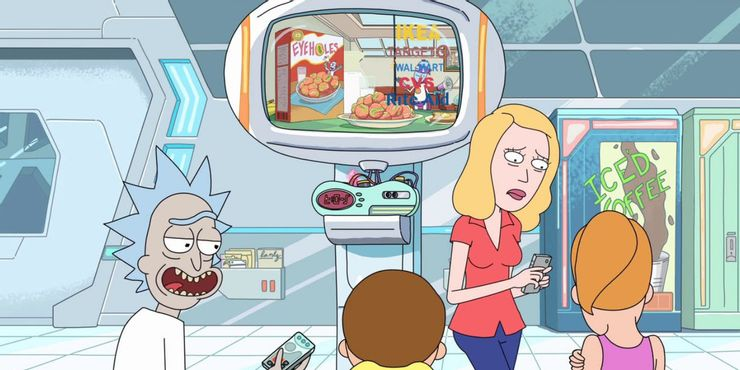blog
Rick & Morty: How Interdimensional Cable Episodes Are Made
Rick and Morty’s Interdimensional Cable episodes are among the show’s most memorable, because of the spontaneous nature of their creation. Rick modifies the family cable box to accept television transmissions from distant worlds and parallel dimensions in season 1 episode “Rixty Minutes,” which introduces Interdimensional Cable. It reappeared in “Interdimensional Cable 2: Tempting Fate” in season 2. Several commercials for extraterrestrial cereals and companies appear in both Rick and Morty episodes, as well as imagined bits of TV shows that play in fits and starts while the protagonists channel surf. Interdimensional Cable, unlike the more traditional narrative patterns of previous episodes, allows for humorously ridiculous pieces that would otherwise be impossible to include into a standard episode.
Rick and Morty chose to let the concept of Interdimensional Cable blossom into “Morty’s Mind Blowers” and “Never Ricking Morty” in seasons 3 and 4, respectively. Both of these latter episodes use an anthology structure influenced by Interdimensional Cable’s short clips, although they focus more on story and incorporate previously unseen (and occasionally fake) events. These aren’t quite like previous Rick and Morty Interdimesional Cable episodes, but they do continue on the spirit by featuring brief and far-fetched stories that, though not enough to fill a whole hour, are amusing when strung together.
Rick says in “Rixty Minutes” that Interdimensional Cable has a “improvisational vibe.” During a Convention Junkies panel at Fan Expo Canada in 2017, co-creator Justin Roiland verified the accuracy of that allegation, noting that improvisational recording sessions for Interdimensional Cable sketches would consist of “4 or 5 hours” of pitches being tossed back and forth between himself and other members of the writing crew. He also said that he “really does[es] drink” during those meetings, which explains why so many Interdimensional Cable clips feature laughter and fourth-wall breaking (which are, of course, an enormous part of the charm).
Despite the fact that Interdimensional Cable isn’t as scripted as other episodes, the production process might be lengthy. Storyboard artists have more to portray because Interdimensional Cable designs are set in so many distinct settings. According to Roiland, “there are episodes that have less backgrounds” than the Jan Quadrant Vincent teaser from “Interdimensional Cable 2: Tempting Fate” in an interview with EW. Roiland will advise storyboard artists what “needs to happen visually” in a sketch at times, but he will also allow them to “do what [they] want” with it at other times. The combined creative flexibility of the voice performers and storyboard artists results in some of Rick and Morty’s most quotable and hilarious moments.
Rick and Morty may be a high-concept program, and Interdimensional Cable’s goofy antics help to balance things out wonderfully. Heavy issues, such as the difficult existential ramifications of the multiverse or the moral issue of the needs of the many vs the needs of the few, are tackled in the B storylines of both Interdimensional Cable episodes. Even though the comedy is more off the wall than normal, Rick and Morty’s dark comedy is always present. Interdimensional Cable gives a unique and pleasurable outcome that is entertaining to watch and pleasant to produce, despite the fact that episodes are hard work.


